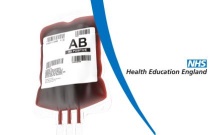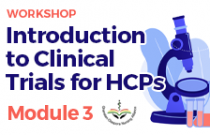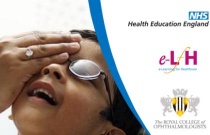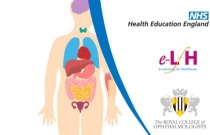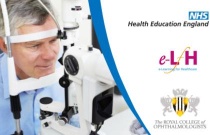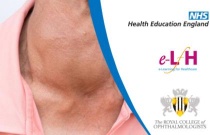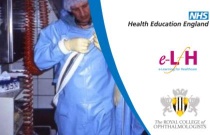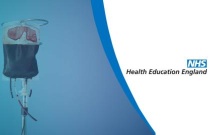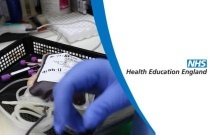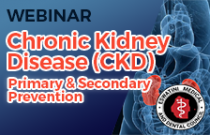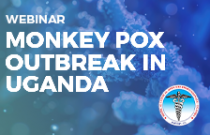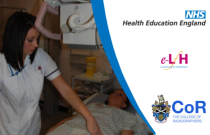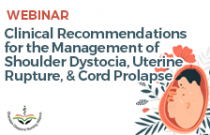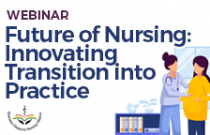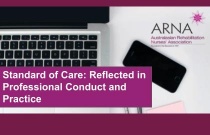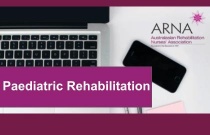Specific Requirements for Patients - the Essentials
NHS, eIntegrity, elfh
This eLearning module will cover the different types of specific requirements in blood components that are required for certain patient groups. Key specific requirements in blood use addressed within this module are: Irradiated blood components Antigen negative and phenotype matched components Blood components for patien....
Cell Salvage
NHS, eIntegrity, elfh
This module is designed to offer you the opportunity to gain an understanding of Cell Salvage and its place in blood conservation strategy. We will illustrate the principles of cell salvage, when to use cell salvage and the process for the collection, processing and re-infusion of blood (including consent, prescribing and ob....
An Introduction to Transfusion Laboratory Practice
NHS, eIntegrity, elfh
This guide is for newly qualified Biomedical Scientists (BMS), trainee Biomedical Scientists and multi-disciplinary BMS staff new to the Blood Transfusion discipline. Its primary focus is around patient safety providing staff with a basic knowledge of Blood Transfusion Laboratory practice.
Data Management, Monitoring, and Regulatory Compliance in Clinical Trials
Mr. Olumide Olufuwa & Mrs. Angela Agore
The third of five modules. This module combines quality assurance: audits & regulatory inspections, confidentiality, privacy, and research misconduct modules.
Public Health Aspects of Childhood/Adolescent Visual Impairment
Julie Jennings, Rory Cobb, John Slade and Aditi Das
This session provides an overview of the epidemiology of visual impairment and blindness in children and the public health measures in place to eliminate avoidable sight loss.
Pathogenesis and Natural History of Thyroid Eye Disease
Benjamin Sim and Dayan Colin
This session describes the pathogenesis and natural history of thyroid eye disease (TED), including risk factors for the disease, relationship to thyroid function and current understanding of the underlying autoimmune aetiology.
Medical Treatment of Thyroid Eye Disease
Samantha Hunt and Vassiliki Bravis
This session focuses on medical treatments for thyroid eye disease (TED), from supportive measures through steroids, immunosuppressive agents and radiotherapy.
Clinical Assessment of Thyroid Eye Disease
Rebecca Ford
This session should enable users to clinically assess patients with thyroid eye disease (TED), including grading the severity of disease, measuring proptosis and identifying dysthyroid optic neuropathy.
Eye Health Protection and Trauma
Janet Marsden
This session aims to introduce you to aspects of health protection that are pertinent to the ophthalmic setting. By the end, you should have an appreciation of the ways in which you can protect yourself, the patient and the wider community.
Cranial Nerve Palsies Related to Ophthalmology
Ali Yagan
This session covers the causes and investigation of cranial nerve palsies relating to ophthalmology.
Blood Transfusion Programme: Transfusion Reactions
NHS, eIntegrity, elfh
This module is for those involved in the care or management of patients at risk of, or experiencing, a transfusion reaction. It may also be of interest to any healthcare workers involved in the care of patients receiving a transfusion. We recommend that this module is completed after Blood Transfusion Training (BTT): Essenti....
Blood Transfusion Programme: Essential Transfusion Practice
NHS, eIntegrity, elfh
This module has been written for healthcare staff directly involved in the transfusion process, but is relevant to all staff working with patients who may require a blood transfusion.
Blood Transfusion
NHS, eIntegrity, elfh
This learning pathway provides a comprehensive, end-to-end overview of safe blood transfusion practice, covering clinical and laboratory roles across the transfusion journey. It supports healthcare professionals in making informed transfusion decisions, obtaining valid consent, managing blood components, recognising and respondi....
Geriatric care in Primary Health Care, Integrating Quality Health Care in Older Adults
Dr Anne Mwikya
This course aims to enhance your understanding of comprehensive geriatric assessment and its importance in the care of older adults. You'll learn how to advocate for and implement a multidisciplinary, person-centered approach to geriatric care, with a focus on preventive management strategies. Additionally, the course includes e....
Chronic Kidney Disease (CKD) Primary and Secondary Prevention
Dr Thandiwe Dlamini
Chronic Kidney Disease (CKD) can be managed and potentially prevented through primary and secondary prevention strategies. Primary prevention aims to avert emergence of de novo chronic kidney disease (CKD) in at-risk populations. Prevention strategies encompass: (1) Risk Factor Management including control of Diabetes, mana....
Monkey Pox outbreak in Uganda
Zikusoka Fredrick, Dr. Veronicah Masanja, Tumanye Samson
CPD for all clinical officers on how to handle monkey pox outbreak
Getting the green light: How to manage Conflict of Interest in health research
Prof. Leslie London
This talk will cover the problem of Conflict of Interest (COI) as it impacts on health research and health policy. It will provide guidance as to how to identify, manage and limit the impact of COI and share a simple toolkit to assist Research Ethics Committee members, researchers and those responsible for health research policy....
Image Interpretation - Adult Skeleton (X-ray): Hip - Session 2
Kara Mell
This session will describe common fractures, dislocations, pathologies and normal variants found in the hip joint and femur. These will be illustrated using radiographic examples.
From Crisis to Control: Team Strategies for Postpartum Hemorrhage Management
Cheniqua Morales BSN, RNC-MNN, C-EFM, C-ONQS
In "From Crisis to Control: Team Strategies for Postpartum Hemorrhage Management," healthcare professionals will explore critical strategies to address and control postpartum hemorrhage (PPH) through an evidence-based, team-centered approach. The presentation highlights essential tools for PPH management, covering early recognit....
Clinical Recommendations for the Management of Shoulder Dystocia, Uterine Rupture and Cord Prolapse
Dr Kandis McLean
This session shall focus upon the signs and symptoms, identified risk factors, and critical interventions on the three common obstetrical complications: shoulder dystocia, uterine rupture and cord prolapse. Participants at the conclusion will engage in a brief virtual Kahoot game to answer questions regarding the delivered cont....
Future of Nursing: Innovating transition into Practice
Hiyam Nadel
Emphasizing on the need for frontline nurses to innovate while creating an impactful solutions tailored to everyday challenges
Standard of Care: Reflected in Professional Conduct and Practice
Dr Linda Starr
This session explores professional conduct through examining tribunal and coroners cases that have identified poor standards of care through inadequate/inaccurate documentation and/or boundary violations in the course of delivering nursing practice. The importance of adhering to the CPD requirement as a registration standard wil....
Paediatric Rehabilitation
Jennifer Miller
This session will discuss some of the similarities and differences between paediatric and adult rehabilitation, highlighting the value in understanding and learning from both specialty groups.
